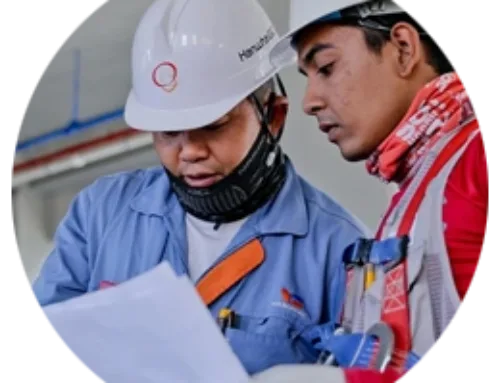Lien Waivers: A Subcontractor’s Land Mine
Working in the construction industry comes with numerous risks – many that are outside a contractor’s control, but many (in fact, most) that are. One such risk is waiving rights to liens and claims in the middle of a construction project, through a lien waiver.
What is a lien waiver?
This is not intended to be a “beginner’s guide” to lien waivers. The reality is many contractors don’t know what a lien waiver really is or what it’s intended to do. They’ve simply signed or done what they’re told. A lien waiver is a document that waives the signer’s right to file a lien for work performed in the amount listed in the waiver, in exchange for payment. It’s basically intended as a receipt. Owners, construction managers, GC’s collect the lien waivers as a method of tracking who has been paid, and to ensure that those contractors and suppliers do not have lien rights in connection with those payments.
Shockingly, lawyers complicated things. Lien waivers are rarely just lien waivers now. Typically when a contractor, subcontractor or supplier is asked to sign a lien waiver, they are actually being asked to waive liens and all other claims at the project up through a certain date.

This includes claims for extra work, time extensions, delay expenses, or whatever the case may be. And often times, that date doesn’t coincide with the last day the subcontractor worked under the pending invoice or payment application – meaning the sub could be waiving lien rights and claims for work it’s not yet being paid for. (See our prior article on ways to lose lien rights.) Lien waivers will also include a sworn statement that the sub is current on payment to all its own lower-tier subs and suppliers (which often isn’t the case until after the payment it’s asking for), and indemnification language requiring the sub to indemnify its customer (i.e., cover its costs) for something in this supped-up lien waiver that might not be accurate at the time the waiver is signed.

Worse yet, more and more subs are being asked to sign unconditional lien waivers in order to be paid. That means that the sub’s waiver is not conditional upon payment. Those lien rights are waived the moment the waiver is signed. Most of the time, the GC, construction manager or owner makes payment per the invoice and lien waiver.
But what if something happens before the check is delivered?
What if there’s an accident, or defective work is found, or a dispute arises during that period?
Now the customer wants to hold the check until the new issue is resolved – all the while you’ve already waived your lien rights and claims relating to that payment amount, or beyond.
This article refers to lien waivers as “land mines” because that’s exactly what they are.
Most of the areas you step in are safe. But if you’re not paying close attention and being careful about what you’re signing, you could lose leverage on getting paid, or worse, lose a right to payment altogether. It’s unfortunate that subs or suppliers need to have a sophisticated employee or their lawyer on call to review lien waivers before signing them. But without them, you could lose an arm and a leg. (See what I did there?…)








